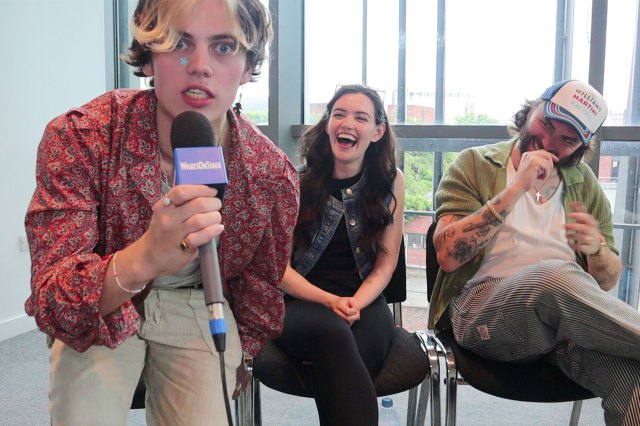The Diary of Anne Frank
The Diary of Anne Frank at Upstairs at the Gatehouse is a witty and faithful portrayal of the experiences of eight people hiding from the Nazis, adapted from the real diary entries of the teenage Anne.
Helen Philips as Anne Frank is quite annoying at the start of the play. She rushes around making impulsive gestures and loudly trying to attract attention to herself. In fact what she does is show exactly how difficult it was for a thirteen-year-old girl to have her life interrupted in this way. It is interesting to see her transformation from being a “right pain in the neck”, as Peter van Pels puts it, to being a very self aware young lady.
Anthony Wise is excellent as Otto Frank, quietly trying to keep control of a situation, which is ultimately beyond his control. There are a number of comic moments in The Diary of Anne Frank; a few between Anne and the permanently terrified looking Peter van Pels (Ross Hatt), but most notably provided by Mrs van Pels (Jean Perkins) who cuts a ridiculous figure from the moment she arrives in a fur coat carrying her own china bed pan.
Designer John Risebero makes full use of the small space of Upstairs at the Gatehouse. There are no walls on the stage and the actors must step around each other to get anywhere, which emphasises the cramped conditions and lack of privacy.
The clever use of sound also helps create an atmosphere of restraint. You are made aware of every footstep and door creak to the extent that there are some points when you might find yourself holding your breath so as not to make a noise.
This is a play where the everyday worries of an adolescent girl take centre stage. Despite the frustrations, joy still manages to shine through and it is this, which makes the abrupt conclusion all the more chilling.
– Joanna Ing












